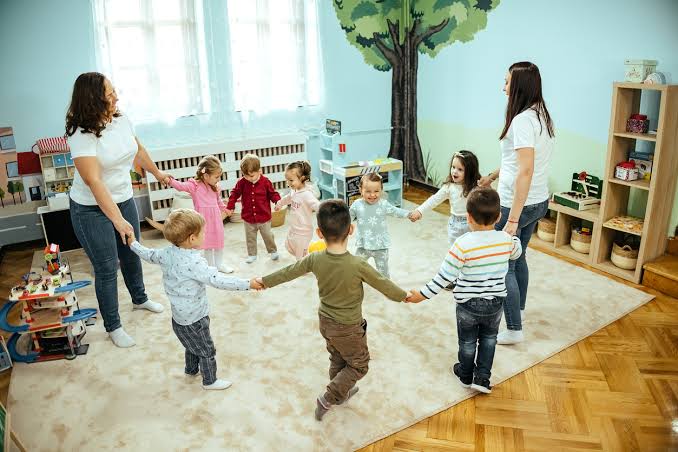The educational landscape for early childhood has evolved dramatically over the past few decades, with innovative philosophies reshaping how we nurture young minds. Among these transformative methodologies, the Reggio Emilia approach at our early learning centre stands as a beacon of child-centered education that honors curiosity, creativity, and authentic expression. This Italian-born philosophy sees children as capable, strong individuals with inherent rights to direct their learning journey. Our centre has embraced these principles wholeheartedly, creating environments where children don’t just absorb information but actively construct knowledge through meaningful interactions with peers, educators, and thoughtfully designed spaces.
The Child as Protagonist
The Reggio approach firmly positions the child at the center of their educational journey. Unlike traditional systems where educators dictate content, our centre recognizes children as active architects of their knowledge.
This doesn’t mean children are left to their own devices. Rather, educators carefully observe their interests, questions, and natural curiosities. When a group of four-year-olds showed fascination with shadows on the playground, our educators didn’t simply explain the science and move on. They documented the children’s theories, provided materials for shadow experimentation, and guided investigations that spanned weeks—touching on art, physics, storytelling, and mathematics naturally and organically.
The Environment as Third Teacher
Walk through our centre and you’ll notice immediately: this isn’t your standard institutional space. Reggio environments are thoughtfully crafted as the “third teacher” (alongside parents and educators).
Natural materials predominate—wooden blocks rather than plastic, real plants, clay, textiles with varied textures. Windows flood spaces with natural light. Documentation panels showcase children’s thinking processes rather than just final products. Our atelier (studio space) contains carefully organized provocations—arrangements of materials that spark wonder and investigation. Even our outdoor spaces feature intentional design elements that encourage sensory exploration, from herb gardens to water play features that demonstrate principles of flow and volume.
Documentation as Visible Listening
Perhaps most distinctive in our practice is the meticulous documentation that makes learning visible. Our walls tell stories—not of cute crafts, but of intellectual journeys.
When documenting a project on local birds, you’ll find children’s initial sketches alongside their revised drawings weeks later. Transcripts of their conversations reveal evolving hypotheses. Photographs capture moments of discovery. This documentation serves multiple crucial purposes: it shows children we value their thinking, provides educators with assessment data far richer than any standardized measure, helps parents understand the depth behind seemingly simple play, and allows children to revisit and extend their own learning.
The Hundred Languages of Children
The Reggio philosophy speaks of “the hundred languages”—the countless ways children express and explore ideas beyond just words. Our programme honors this principle deeply.
A concept like “change over time” might be explored through drawing, clay work, movement, sound compositions, building, storytelling, or scientific notation. This multi-symbolic approach means children with different strengths can access concepts through their preferred modes while developing competence in others. It also creates deeper neural connections as concepts are represented through multiple systems.
Relationships as Foundation
The social dimension of learning receives particular emphasis in our approach. Knowledge is understood as constructed between people—not in isolation. Projects often unfold collaboratively, with children building upon each other’s ideas.



